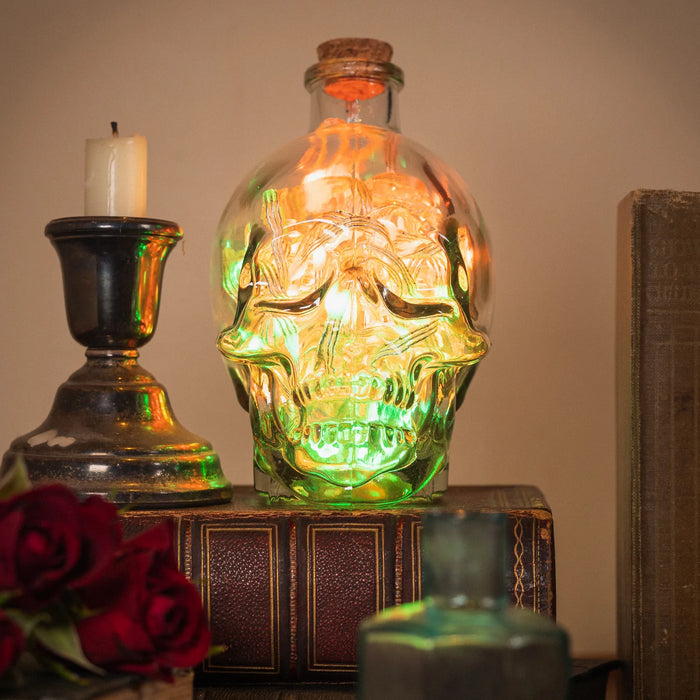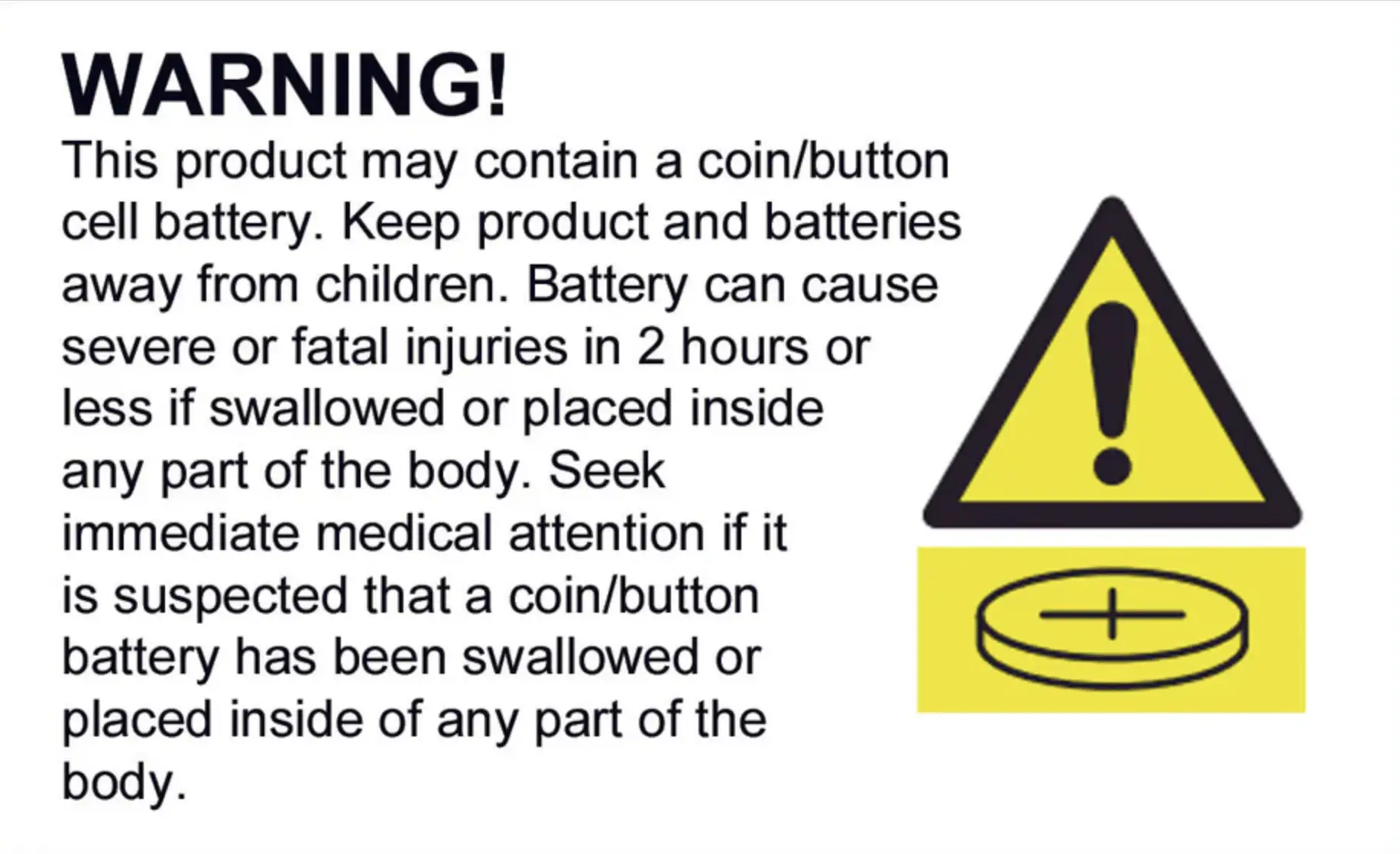
Wireless Plasma Kit (Pico W Aboard)
A beginner friendly, internet connected mood-light-in-a-bottle that's easy to program using MicroPython or CircuitPython.
A cutting edge fusion of Raspberry Pi Pico W, addressable LEDs and Pirate Glass(TM) technology - this kit contains everything you'll need to build a fully programmable RGB LED light (or as we like to call it around here, arrrrrrrrRGB). Because the 50 LEDs are addressable, you can control the colour and brightness of each one individually!
We've taken a Raspberry Pi Pico W and added the appropriate hardware for hooking up a colourful string of WS2812/Neopixel lights, without soldering, fuss, or having to worry about connectors or how they're powered. There's also a reset button and a Qw/ST (Qwiic/STEMMA QT) connector for hooking up sensors and other breakouts. Everything is powered through the Pico W's USB micro-B connector, so it's easy to power from any handy USB socket (or a USB battery pack if you want to untether it from mains power).
Here are some things you could do with it:
🌈 Set it to show different colours and effects appropriate for your season, event, mood or whim.
🌍 Connect to your favourite APIs and get it to show you different effects for different weather conditions, switch the light on at sunset or let you know when the International Space Station is overhead.
🐦 Use a service like IFTTT to trigger effects based on Twitter shenanigans, calendar entries or home automation events.
Skully Edition
More doom light than mood light! 💀 More fright light than night light! 🦇 Our Skully Edition kit is perfect for adding some ominous (or rainbow) ambiance to your tricked out crypt, tech lair or ghost pirate ship. We've loaded the EctoPlasma Stick 2040 W with MicroPython and a spooky #fearlights example so you can plug it in and get started with your terror-arium right away.
Skully kit contains:
- Plasma Stick 2040 W (with Pico W Aboard)
- Mini skull bottle (140mm tall, approx)
- 5m of WS2812/Neopixel-compatible addressable LED wire (50 LEDs)
- USB A to micro-B cable
- Velcro dots for attaching the board to the bottle
Bring Your Own Bottle
Got your own treasured grog bottle, sea glass or whale oil lamp that you want to convert into a mood light? Good news - we've also got a BYOB kit which includes everything but the bottle. If you don't have a suitable sea-through vessel handy, you could drape the LED wire along a shelf or decorate a very lucky plant.
Bottle selection tips! 🍾 RGB LEDs work in clear glass bottles, coloured glass will obscure the LED colours. Thick or bobbly glass looks great with LEDs as it adds a bit of diffusion (a bottle full of clear marbles or glass pebbles would also work well).
BYOB kit contains:
- Plasma Stick 2040 W (with Pico W Aboard)
- 5m of WS2812/Neopixel-compatible addressable LED wire (50 LEDs)
- USB A to micro-B cable
Plasma Stick 2040 W Features
- Raspberry Pi Pico W Aboard
- Dual Arm Cortex M0+ running at up to 133Mhz with 264kB of SRAM
- 2MB of QSPI flash supporting XiP
- Powered and programmable by USB micro-B
- 2.4GHz wireless
- Compatible with 5V WS2812/Neopixel/SK6812 LEDs
- Screw terminals for attaching your LED strip.
- Reset button
- Qw/ST (Qwiic/STEMMA QT) connector
- Fully-assembled (no soldering required)
- C++/MicroPython libraries
- Schematic
Software
You can program Pico/RP2040 boards in a bunch of different ways, but if you're a beginner we'd recommend using our batteries included MicroPython build for ease of getting started. We've pre-loaded the Plasma Stick with pirate-brand MicroPython and some fun examples to show you different things you can do, from an ominous night light that gets brighter the closer it gets to midnight to a good old fashioned flame effect to huddle round on cold nights.
- (Learn) Assembling your Wireless Plasma Kit
- (Learn) Getting Started with Raspberry Pi Pico
- Download pirate-brand MicroPython (you'll need the picow .uf2)
- MicroPython examples
- MicroPython function reference
- C++ examples
Alternatively, you could install CircuitPython on your Pico W! CircuitPython is an easy to use, well-established ecosystem with lots of example code and drivers for interfacing with different kinds of hardware - and it's just got Pico W wireless support, woop!
- Download CircuitPython for Pico W
- Welcome to CircuitPython
- CircuitPython examples
- Quick-Start the Pico W WiFi with CircuitPython
If you're adapting examples from elsewhere and need to know the pins that Plasma Stick uses, it's GP15 for LED data, GP4 for I2C SDA and GP5 for I2C SCL.
Connecting Breakouts
The Qw/ST connector on Plasma Stick makes it super easy to connect up Qwiic or STEMMA QT breakouts. If your breakout has a QW/ST connector on board, you can plug it straight in with a JST-SH to JST-SH cable.
Breakout Garden breakouts that don't have a Qw/ST connector can be connected using a JST-SH to JST-SH cable plus a Qw/ST to Breakout Garden adaptor. Want to use >2 breakouts at the same time? Try this adaptor!
- List of breakouts currently compatible with our C++/MicroPython build.
The Wireless Plasma Kit (Pico W Aboard) appears in the following collections:
SKU PR-PIM666
by Little Bird

